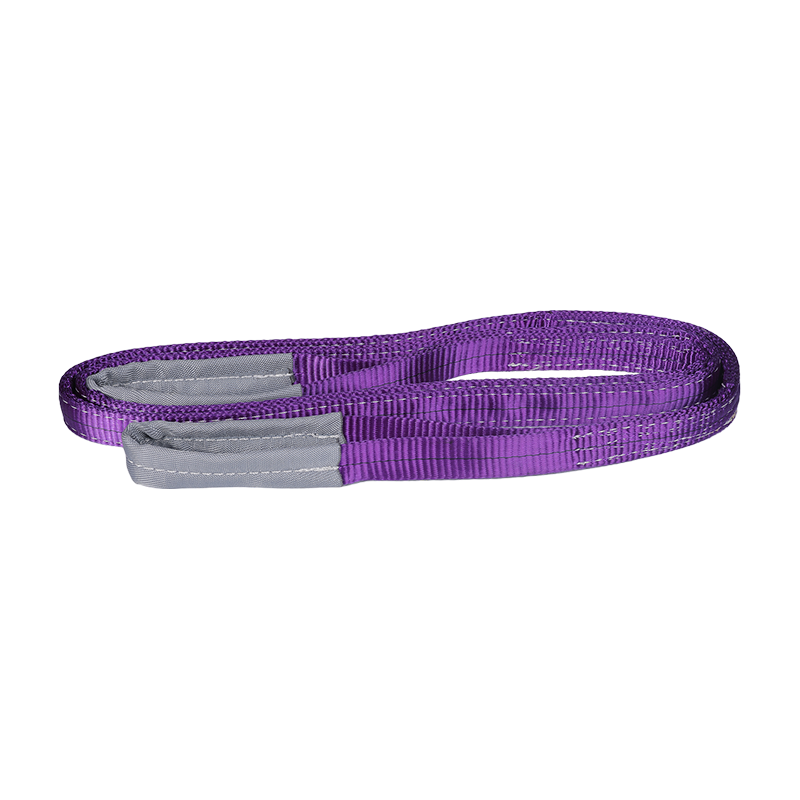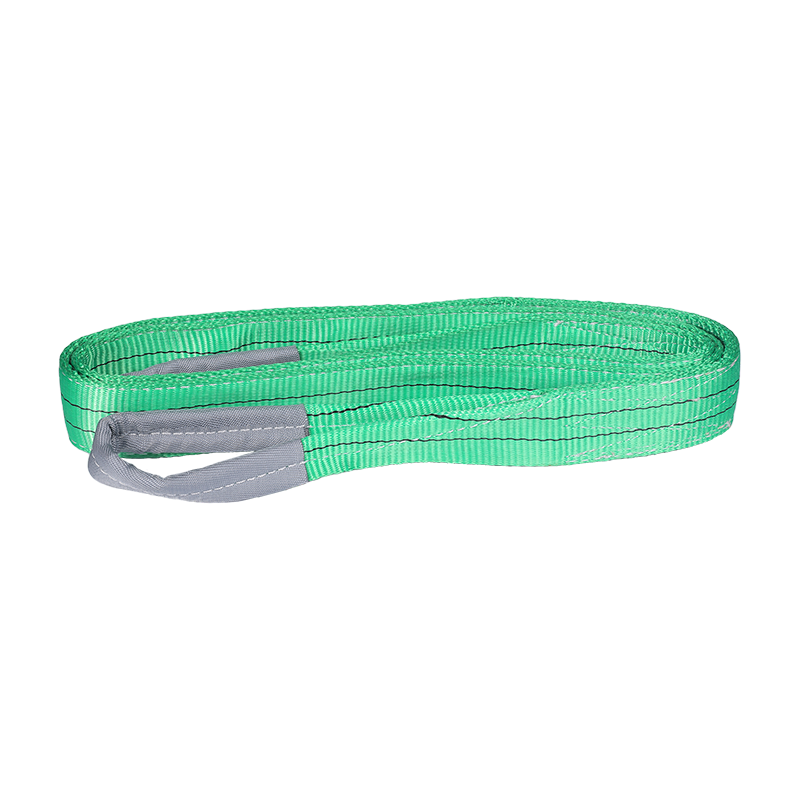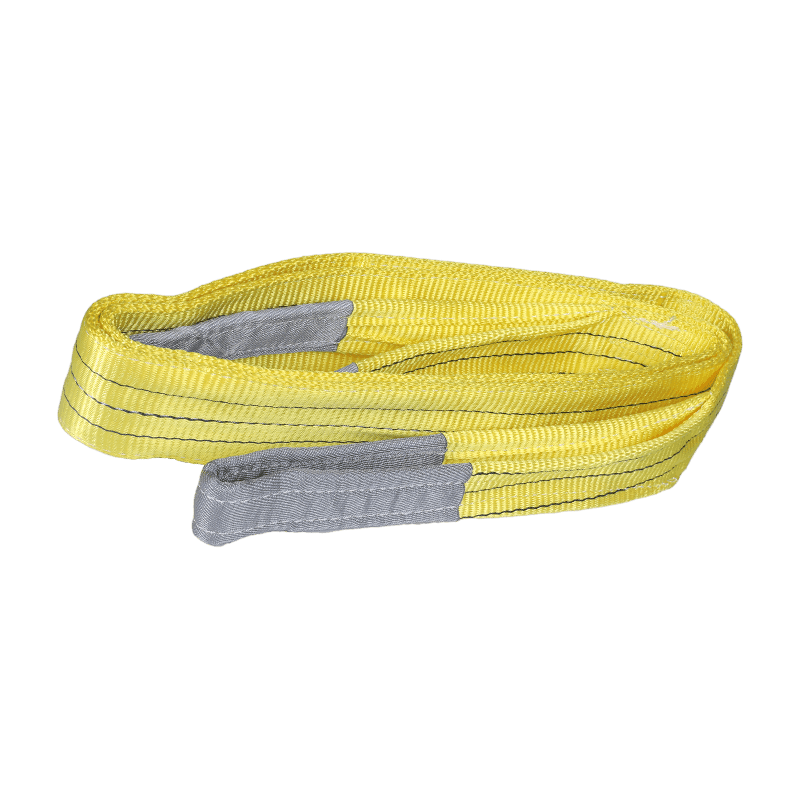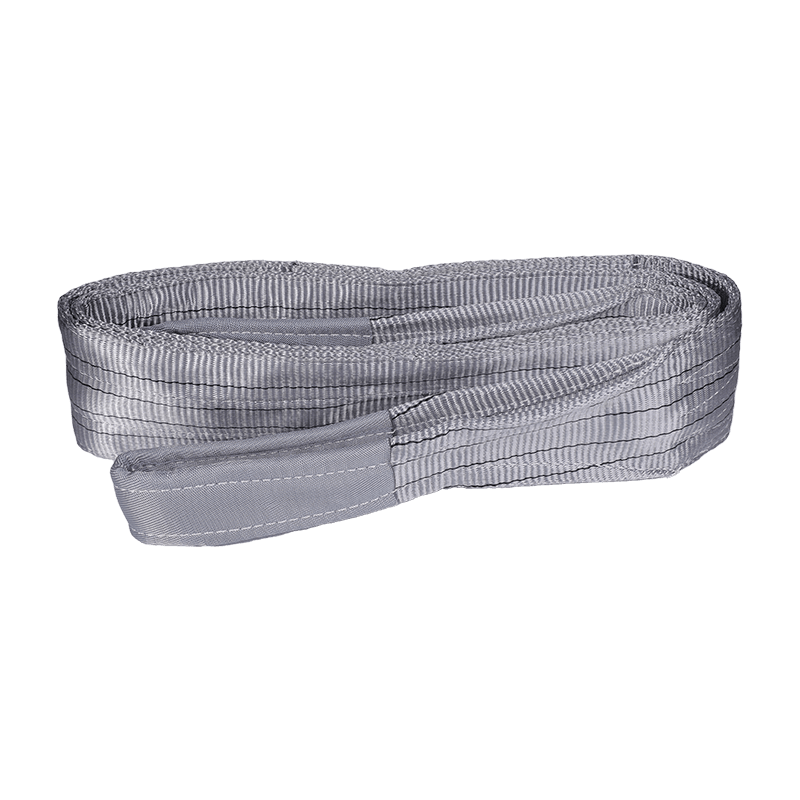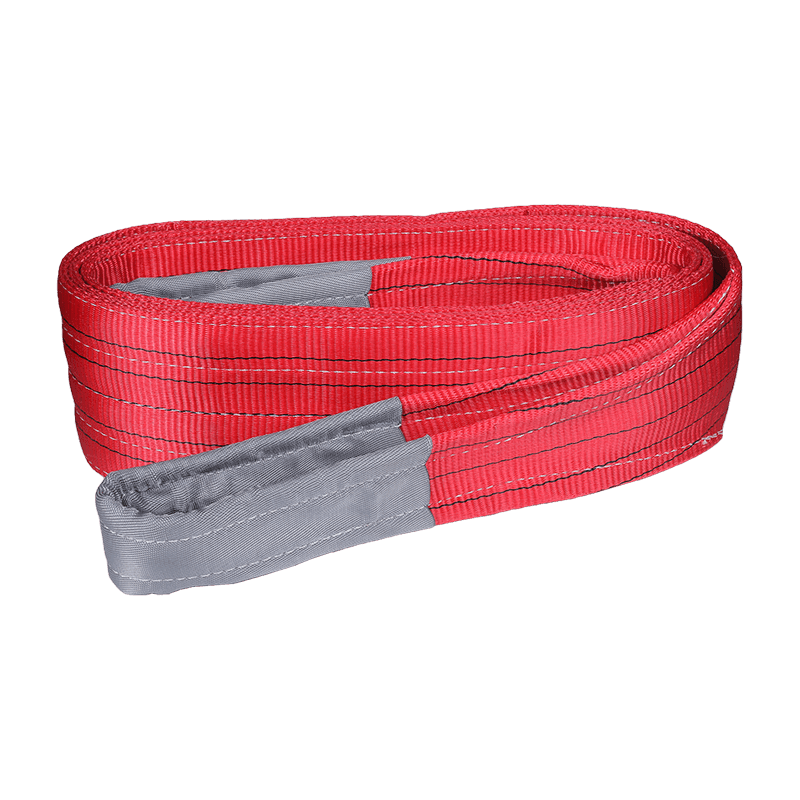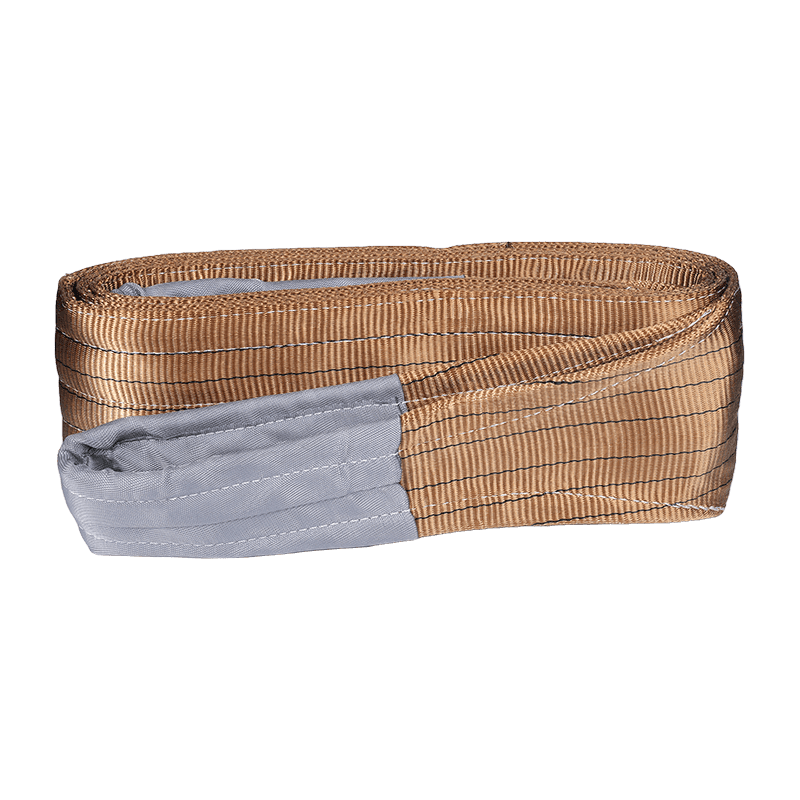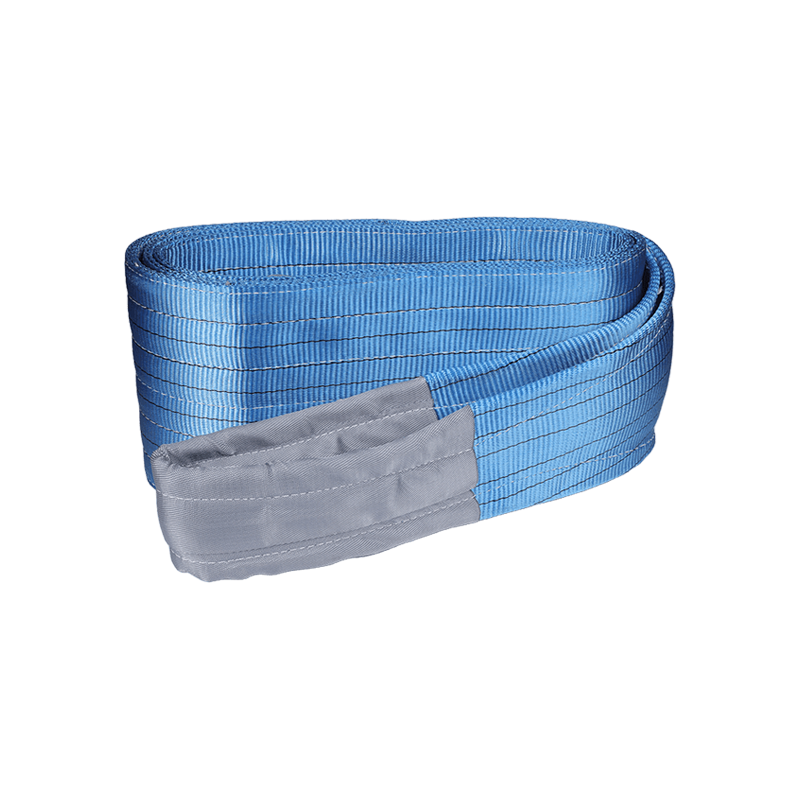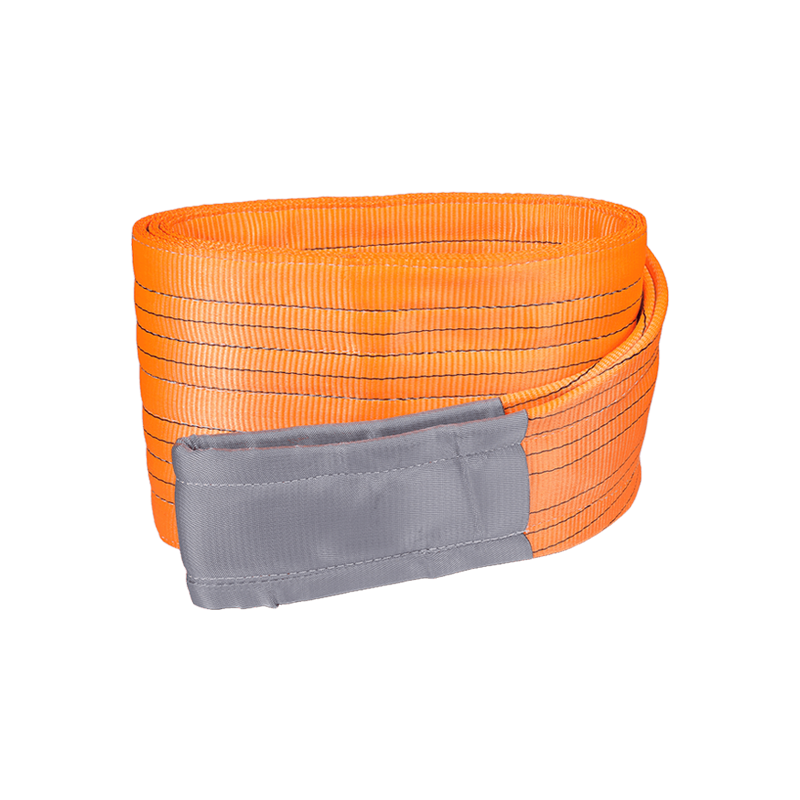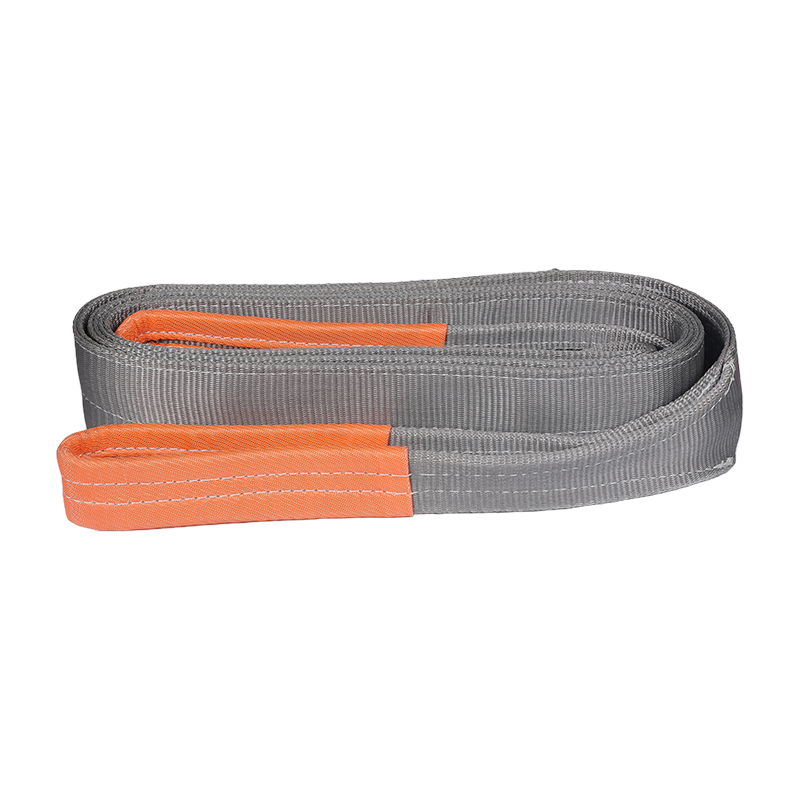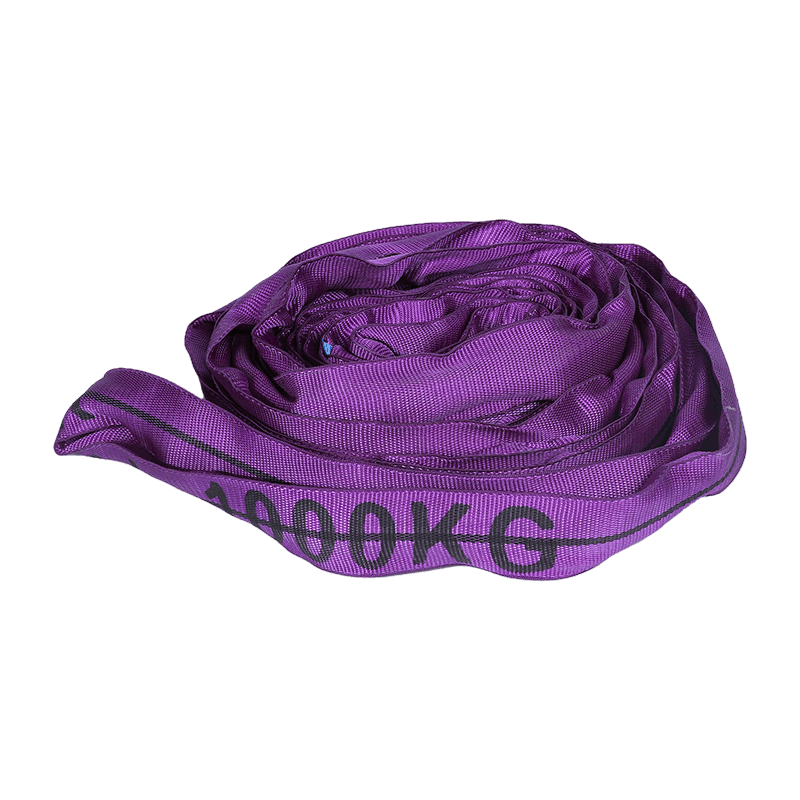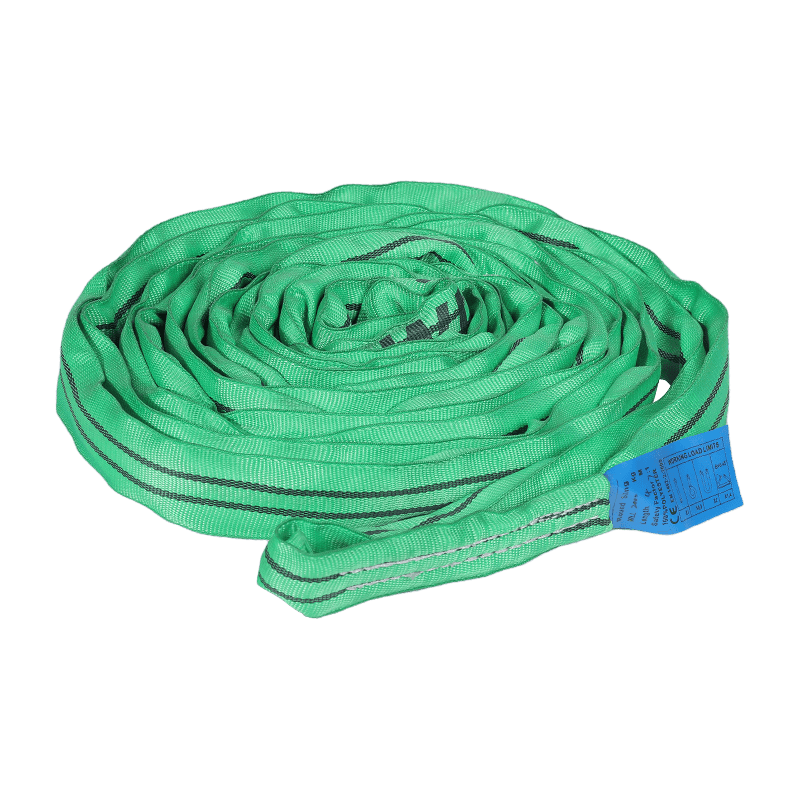Temperature Limits
One of the critical considerations when using endless round slings is their temperature limits. The material composition of the sling determines its temperature range. For instance, polyester slings typically have a temperature range between -40°F to 194°F (-40°C to 90°C). Exposing the sling to temperatures beyond these limits can compromise its strength and durability, leading to potential failure during lifting operations.
Chemical Exposure
Endless round slings may not be suitable for use in environments with exposure to certain chemicals, acids, or alkalis. Chemical exposure can degrade the material over time, reducing its strength and safety margins. It's crucial to assess the compatibility of the sling material with the chemicals present in the lifting environment to prevent deterioration and ensure longevity.

Sharp or abrasive surfaces pose a risk to endless round slings. Contact with such surfaces can cause cuts, abrasions, or punctures, weakening the sling's structure and integrity. To mitigate this risk, protective measures such as padding, sleeves, or using alternative lifting methods should be employed to safeguard the sling from damage.
Dynamic Loading
While endless round slings are designed to handle dynamic loads, excessive shock or sudden impact loads can exceed the sling's working limits. It's important to avoid abrupt jerks or drops during lifting operations to prevent overstressing the sling and potential failure. Proper rigging techniques and load control are crucial to maintaining safe working conditions.
Excessive Twisting or Knotting
Endless round slings should not be twisted excessively or knotted, as this can create stress concentrations and weaken the sling's structure. Proper rigging practices, including avoiding unnecessary twists or knots, help maintain the sling's integrity and prevent premature failure.
Overloading
Like any lifting equipment, endless round slings have rated capacities known as the safe working load (SWL). Exceeding the SWL can lead to sling failure and pose a significant safety risk. It's essential to adhere to the manufacturer's specified load limits and never exceed the rated capacity of the sling.
Improper Storage
Proper storage of endless round slings is crucial to maintaining their integrity and performance. Exposure to sunlight, chemicals, sharp objects, or harsh environments can accelerate wear and degradation. Storing slings in a clean, dry, and well-ventilated area away from potential hazards ensures their longevity and reliability.


 English
English Español
Español Deutsch
Deutsch